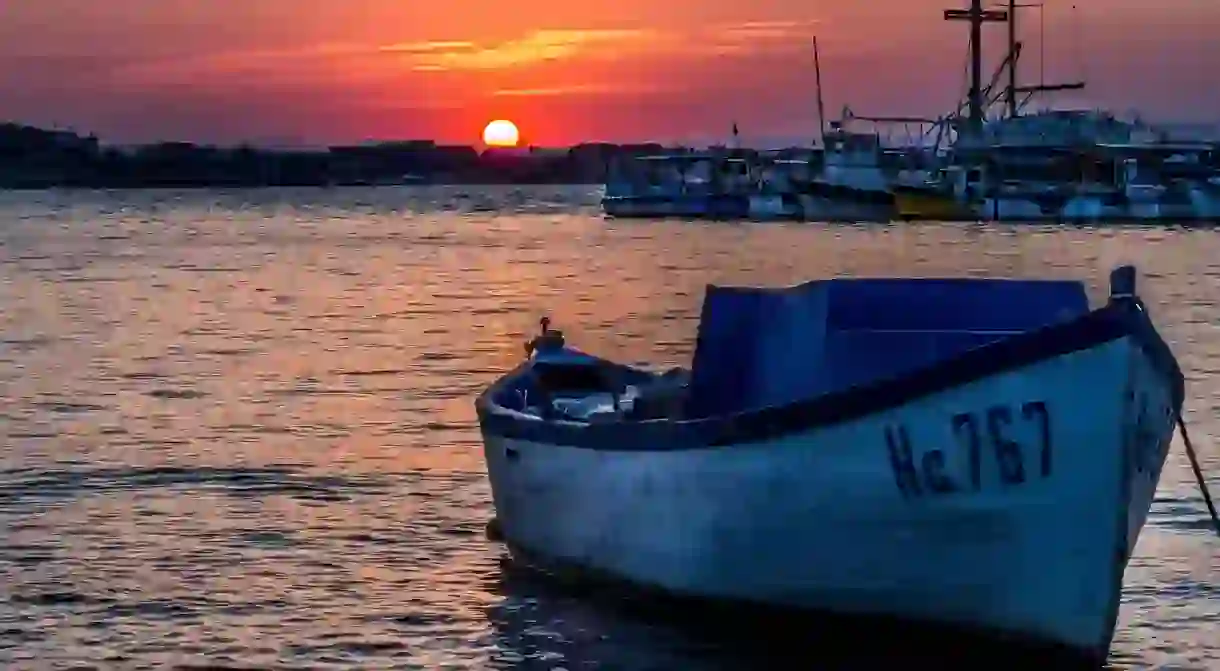Reasons Why You Should Visit Bulgaria at Least Once in Your Lifetime

Bulgaria is a small country, known to few yet full of amazing places to discover – the fact that it is not on the main tourist trail makes it a fascinating place where you can feel like a true adventurer. From cultures and customs through to crafts and cuisine, here are ten reasons to show you why Bulgaria deserves a place on your to-visit list.
Enjoy horo dancing
Horo is the traditional folk dance in Bulgaria, usually danced in circles holding hands. There are hundreds of types of horo, each one with different steps. Horo is regaining its popularity among young people after a period of decline, and now horo classes are popping up everywhere. You can also join a class and learn some basic steps.

Pick roses in the Rose Valley
May to June is the right time to visit Bulgaria if you want to take part in the annual Rose Festival in the Rose Valley, near the town of Kazanlak. Bulgaria is one of the main exporters of rose oil in the world and the rose (of the Rosa Damascena species) is one of its national symbols. Be warned though – to join in with the picking of roses, you have to be an early bird as proceedings start before dawn.
See dancing kukeri monsters
Instead of end-of-winter carnivals, Bulgaria has the many Kukeri festivals taking place around the country in celebration of the change in seasons. Participants are covered in animal skins, horns, teeth, and heavy bells, making noise to chase the evil spirits away. The biggest Kukeri event is Surva Festival and takes place in the town of Pernik, a 30-minute drive from Sofia.

Tuck in to tarator and other local delicacies
In the summer, everyone eats tarator in Bulgaria. This cucumber, dill, and yogurt cold soup is the magical remedy for the summer heat, served at every restaurant and bistro in the country. Don’t stop there; Bulgarian cuisine has much more to offer, whether it be grilled meat, fresh vegetable salads or desserts.
Marvel at medieval fortresses
Baba Vida is the best preserved medieval fortress among all the relics from the Bulgarian empires. It was erected on the Danube River bank with a view reaching far into the distance. You can walk on the ancient walls, take a look from the top or peek inside the old-time prison of the castle.

Step back in time at the Etar Open-Air Museum
Bulgaria has many museums but some stand out – like the Etar Open-Air Museum, a reconstructed street of an old-time Bulgarian village complete with houses, workshops, and river laundry. Not only can you see what life used to be in the past, but you can also become a part of it by taking part in a craft workshop and tasting the freshly-baked bread at the bakery.
Scale mountain peaks
Bulgarian mountains are versatile – some are Alpine and rocky (Pirin, Rila), while others have more forests and softer shapes (the Rhodopes). The highest peak is Mussala (9,596 ft/2,925 m) in the Rila mountains and can be climbed in a day from Sofia.

Watch the sun rise in a UNESCO-listed town
Nessebar, whose Old Town is on the UNESCO heritage list, has many photo-friendly spots for your Instagram profile. A favorite and much-photographed spot at sunrise is the beautiful old windmill, located at the entrance of the Old Town and a magnificent backdrop for a photo.
Discover mysterious rock formations
Stories of young couples prevented getting married by their parents, of maidens who jumped off cliffs, of giants who threw rocks – these and many more have sparked people’s imagination when they tried to find a reason how the amazing rock formations found all over Bulgaria were formed. The Stone Wedding and the Stone Mushrooms are near the town of Kardzhali, the Belogradchik Rocks are a two-hour drive north of Sofia, the Stob Pyramids are an hour drive south of Sofia.

Witness fire dancing after dark
The old-time tradition of the Nestinari takes place on June 3 every year, after sunset. After a series of traditions observed during the day, the Nestinari dancers fall into a trance and dance barefoot on the embers in the main square of the village of Balgari.













